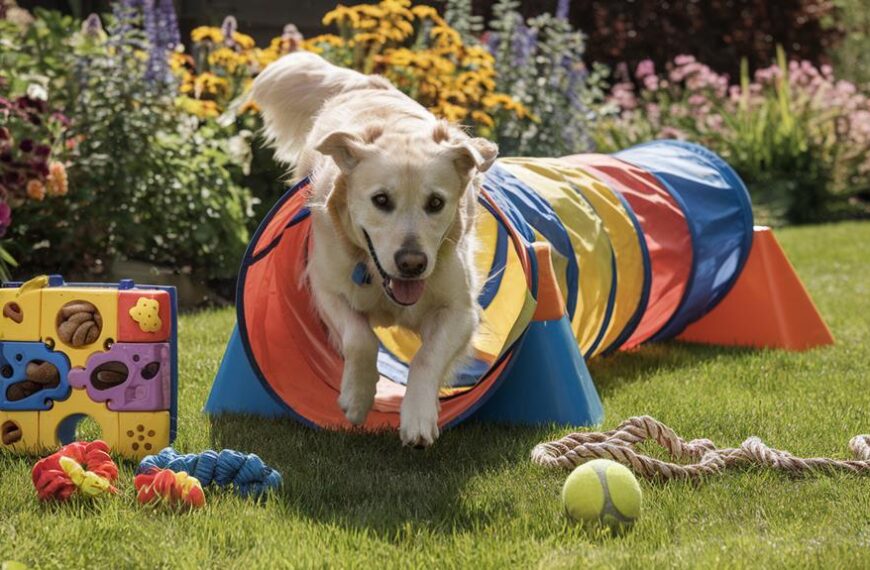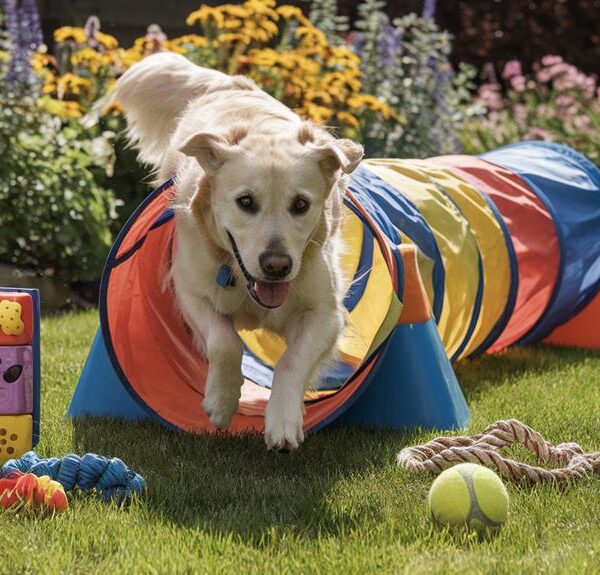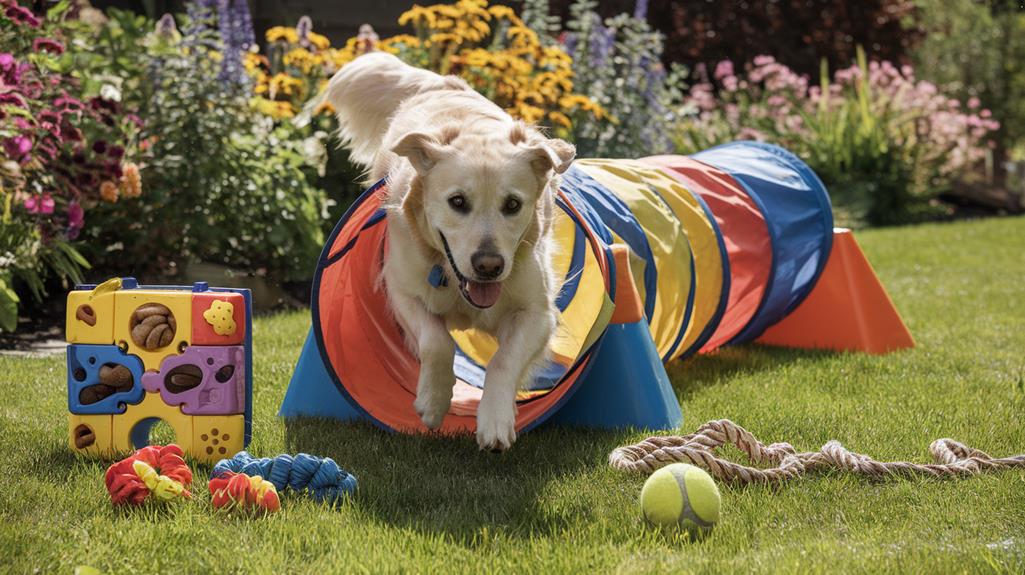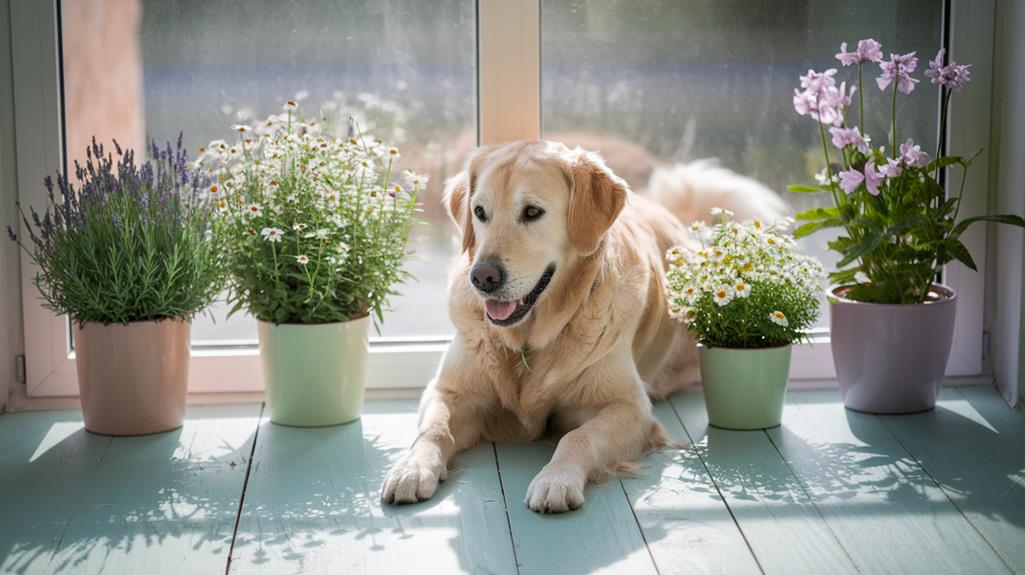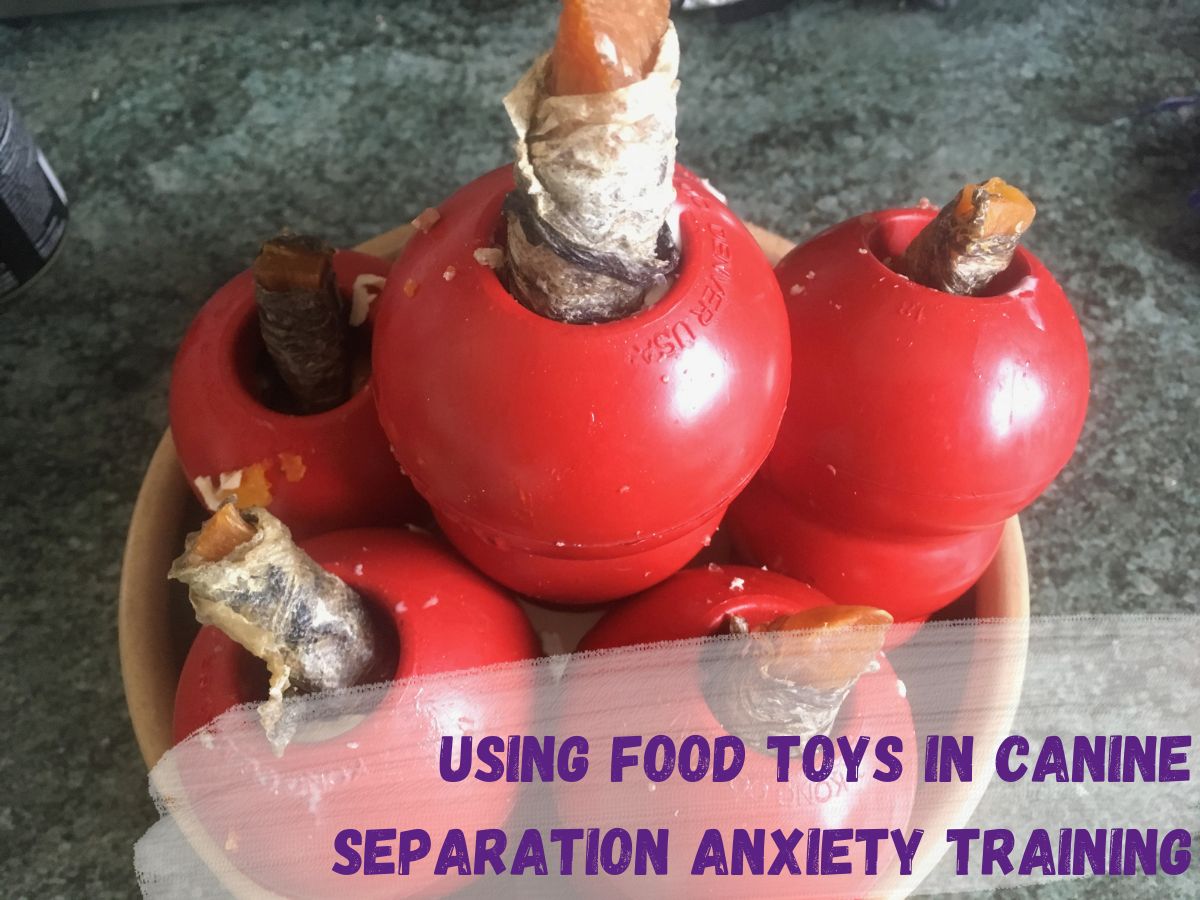If you've ever come home to find your furniture chewed up or your neighbors complaining about incessant barking, you're likely familiar with the challenges of canine separation anxiety. It's a common issue that can leave both you and your furry friend stressed and frustrated. While there's no magic cure, separation anxiety dog treats have emerged as a potential tool in your arsenal against this problem. These specially formulated treats promise to help soothe your dog's nerves when you're away, but do they really work? Let's explore the science behind these calming snacks and how they might transform your dog's alone time.
Understanding Separation Anxiety in Dogs
Unease grips many dogs when their owners leave, transforming them into distressed companions. This condition, known as separation anxiety, affects up to 20% of dogs at some point in their lives. You'll recognize it by telltale signs: excessive barking, destructive behavior, and even excessive drooling. These symptoms aren't mere misbehavior; they're manifestations of genuine distress.
Understanding the triggers is crucial for effective management. Changes in routine, moving to a new home, or losing a family member can exacerbate a dog's stress when left alone. By identifying these specific triggers, you'll be better equipped to develop a tailored strategy for your furry friend.
Addressing separation anxiety requires a multifaceted approach. You'll need to combine behavioral training with environmental enrichment to create a supportive atmosphere for your dog.
Calming aids, such as specially formulated treats, can play a significant role in reducing anxiety. These treats work in conjunction with other techniques to help your dog cope with solitude.
Key Ingredients for Calming Treats
When it comes to calming treats for dogs with separation anxiety, certain key ingredients stand out for their effectiveness.
You'll want to look for treats containing L-Tryptophan, an amino acid that promotes serotonin release, helping to alleviate your dog's anxiety. Chamomile is another crucial component, known for its natural relaxation properties.
For a more potent calming effect, consider treats with Valerian Root. This herb aids in promoting peaceful sleep without causing drowsiness, making it ideal for anxious dogs.
Melatonin is often included to regulate sleep cycles, reducing stress during challenging situations.
Don't overlook the importance of fish oil, particularly Omega-3 fatty acids. These nutrients benefit your dog's overall mental health, improving mood and reducing anxiety symptoms.
Additionally, probiotics play a vital role in supporting gut health, which has been linked to improved mood and behavior due to the gut-brain axis connection.
Choosing Effective Anxiety-Relief Products
To choose effective anxiety-relief products for your dog, start by scrutinizing the ingredient list. Look for proven calming compounds like L-tryptophan, casein, and chamomile. These ingredients have demonstrated efficacy in alleviating canine anxiety.
Opt for treats made with 100% natural and organic components, free from grains, gluten, and artificial additives to minimize potential allergens and digestive issues.
Analyze customer feedback, prioritizing products with over 90% positive reviews regarding taste acceptance and behavioral improvement. This data provides valuable insights into real-world effectiveness.
Select treats offering flexible dosage options based on your dog's size and weight, ensuring proper administration 30 minutes to 1 hour before anticipated stressful events.
Consider brands that stand behind their products with satisfaction guarantees or refund policies. This allows you to assess the treats' effectiveness for your dog's specific anxiety needs without financial risk.
By carefully evaluating these factors, you'll be better equipped to choose an anxiety-relief product that addresses your dog's unique requirements.
Administering Treats for Best Results
Now that you've selected an effective anxiety-relief product, proper administration is key to achieving the best results. To maximize effectiveness, administer calming treats 30 minutes to 1 hour before any anticipated stressful event.
Consistency is crucial; you'll need to maintain a daily regimen for 4-6 weeks to observe significant improvements in your dog's anxiety levels.
A typical tub contains 120 treats, which can last anywhere from 24 days to 4 months, depending on your dog's size and prescribed dosage. It's essential to give the treats consistently, especially during known triggers like your departure from home.
This regularity helps maintain the calming benefits and reinforces positive associations with potentially stressful situations.
Monitor your dog's response closely and be prepared to adjust the dosage if necessary. If you're unsure about the appropriate amount or frequency, don't hesitate to consult your veterinarian.
They can provide tailored advice based on your dog's specific needs and any underlying health conditions. Remember, the goal is to find the optimal balance that effectively manages your dog's separation anxiety while ensuring their overall well-being.
Combining Treats With Behavioral Training
While calming treats can be effective on their own, combining them with behavioral training creates a powerful synergy for managing separation anxiety.
To maximize this approach, administer treats 30-60 minutes before training sessions. This timing allows the calming ingredients, such as L-tryptophan and chamomile, to take effect, promoting relaxation and improving your dog's focus during training.
Incorporate the treats into your positive reinforcement techniques, using them to reward desired behaviors. This consistent pairing of treats with training has shown remarkable results, with over 95% of dog owners reporting significant behavioral improvements within a month.
You'll find that your anxious dog becomes more receptive to training and exhibits fewer stress-related behaviors during sessions.
Develop a structured training routine that includes calming treats. This predictable environment helps your dog feel secure and less anxious during periods of separation.
Conclusion
You've learned about separation anxiety dog treats and how they can help your furry friend. Remember, these treats aren't a magic solution, but they're a valuable tool in your anxiety management toolkit. Use them wisely, alongside behavioral training, for the best results. By choosing the right treats, administering them correctly, and staying consistent with your approach, you'll be well on your way to helping your dog feel more relaxed when you're not around.



